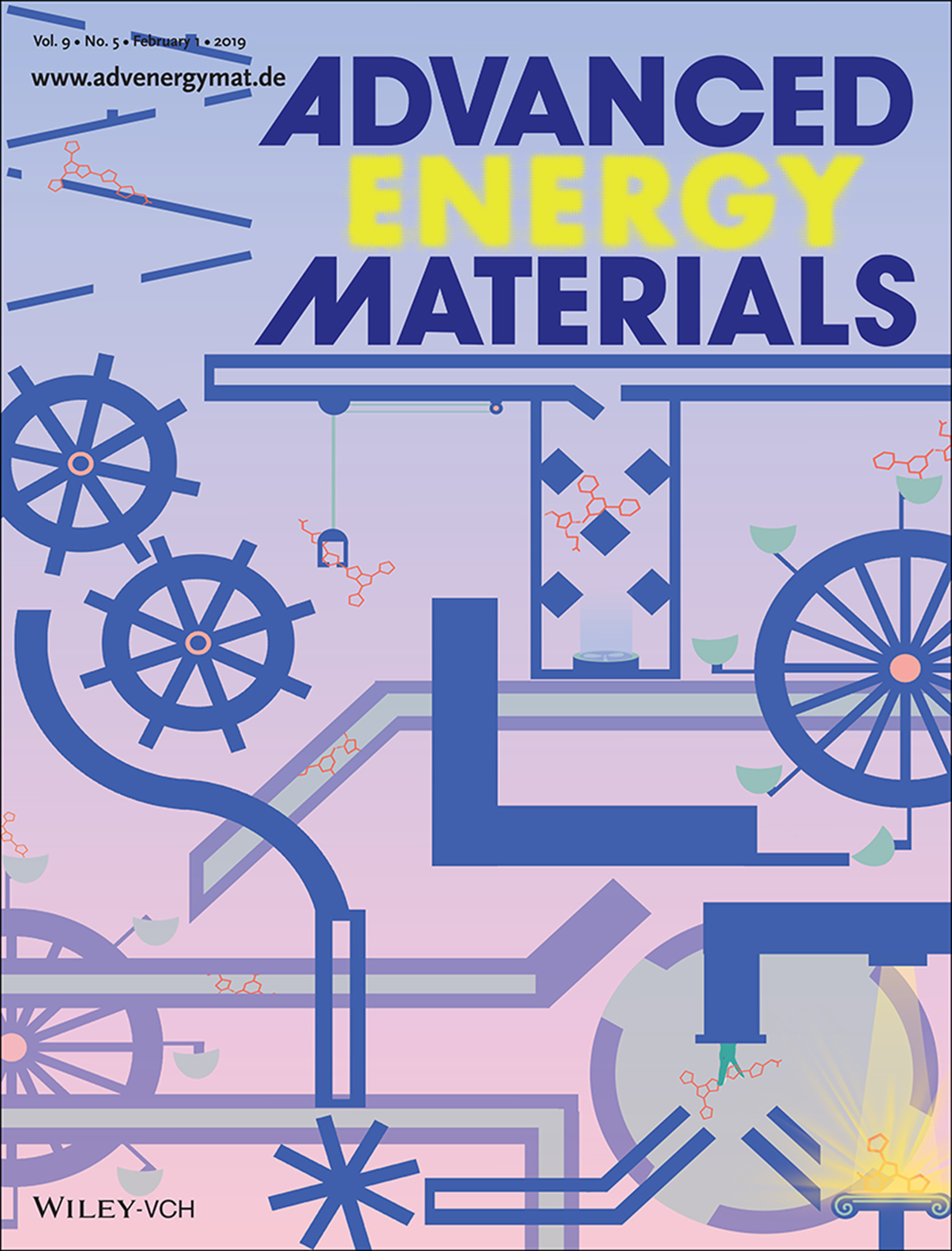In the past, scientists have developed thousands of different dyes and pigments to try to find the best candidate for absorbing sunlight and converting it into electricity. A team of scientists, including researchers at ISIS Neutron and Muon Source (ISIS) and the Research Complex at Harwell (RCaH), have developed a quicker way to find the best organic molecules for this purpose – and have whittled the list down to the top candidates.
The team found dye candidates by harnessing the power of supercomputing to sift through thousands of scientific journals and collect data on nearly 10,000 organic dyes which could be used in solar cells. Using the supercomputer, the team cut down the possible dyes to a short-list. As it is virtually impossible to find one dye which can absorb all light wavelengths, an algorithm was developed that carefully pairs up two dyes that could work together to absorb every wavelength of light in the solar spectrum.
The team set themselves an additional challenge by limiting their hunt exclusively to organic molecules – which are able to absorb a smaller range of wavelengths than metal-containing dyes that are traditionally used.
Professor Jacqueline Cole, who holds a joint appointment between the ISIS and the University of Cambridge, led the research team. She said: “We felt that is was important to focus on organic molecules, since we believe in an environmentally friendly approach to device technology; eco-technologies are also strategically relevant looking ahead, as more and more environmental government regulations become enforced to cope with Earth's limited material resources and averting pollution of the natural environment."
The researchers then ran an algorithm to predict which of the molecules would be the best at absorbing electrons from light, to convert into electricity. After narrowing the field from almost 3,000 to 30, the group were then able to find the five most promising candidates by carrying out a series of experiments on them.

The paper also features on the publication's cover - designed by Helen Towrie (CLF, STFC). "The cover shows how a series of algorithmically encoded forms of structure‐property relationships act as molecular engineering machinery to sift through 9431 chemicals, until a few reach the ‘winning platform’; these predictions are experimentally validated." - Credit.
Each of these five dyes had already been made by teams around the world for other reasons, so the research group appealed to science colleagues across the globe to send them dye samples to study.
Professor Cole and the team found that some of the dyes, when used in a photovoltaic device, were as effective at converting light into electricity as the industrial standard, metal-containing dye.
The team used the Materials Characterisation Laboratory at ISIS to observe how the working electrodes of the solar cells operate at the molecular scale. These working electrodes were part-fabricated at the RCaH.
Professor Cole added: “The finding that our results can perform as well as the traditional organometallic dyes in this type of solar cell demonstrates that it is worth giving more serious consideration to the use of organic dyes in solar-cell manufacture. More tests naturally need to be undertaken, to assess their practical manufacturing needs at industrial scale and viability under real-world commercial conditions."
Publication: CB Cooper et al. Design-to-Device Approach Affords Panchromatic Co-Sensitized Solar Cells. Adv Energy Mater 9, no. 5 (2018): 1802820. doi:10.1002/aenm.201802820.
Article originally posted in STFC news here.
